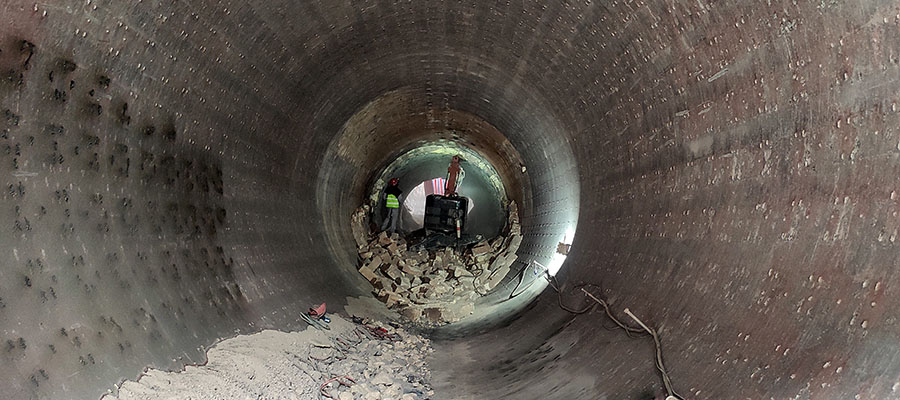The hydraulic brick breaking robot, also known as the remote control demolition robot, is an electrically powered and hydraulically driven robotic device designed for breaking and removing refractory bricks inside rotary kilns.
The hydraulic brick breaking robot utilizes electrical power to drive hydraulic pumps and actuators. High-pressure hydraulic fluid is sent to the robotic arms, empowering them to generate tremendous forces to break and demolish bricks. The robot is remotely controlled via a wireless controller by an operator at a safe distance away from the harsh working environment inside the kiln. The flexible robotic arms equipped with demolition tools such as hydraulic breakers and grapples can reach narrow spaces and break bricks in any direction. Advanced hydraulic technology enables the robot to break extremely hard bricks quickly while exerting controllable forces to avoid damaging the kiln shell. The demolished bricks are removed efficiently by the grippers and grab claws. The wireless control system allows maximum maneuverability of the robot in the confined kiln space while ensuring optimum safety.
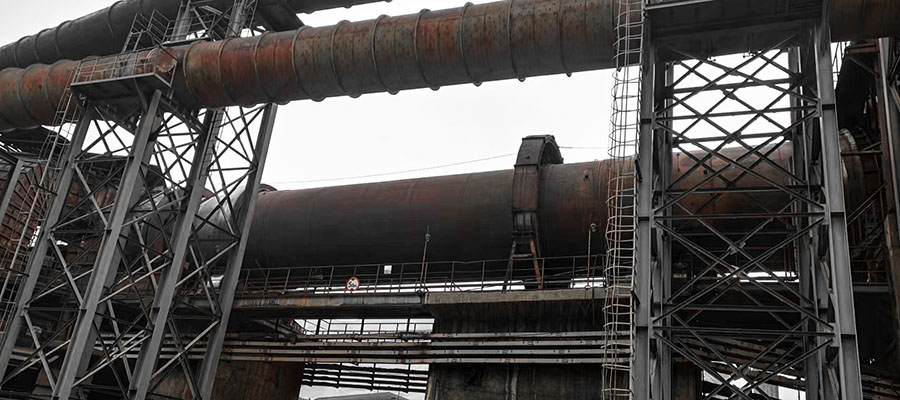
The hydraulic brick breaking robot is mainly used for refractory maintenance and repair of rotary kilns in cement plants and clinker granulation plants. Its major application areas include:
The remote control demolition robot is ideal for working in the harsh conditions inside the rotating kiln such as intense heat, excessive dust, confined spaces and risk of collapse. It can enter the kiln through standard door openings and work flexibly in narrow spaces. The robot can carry out demolition and removal of build-ups at high efficiency, allowing minimal downtime during kiln maintenance. The wireless control enables the operator to position the robot anywhere inside the kiln for maximum effectiveness and safety.
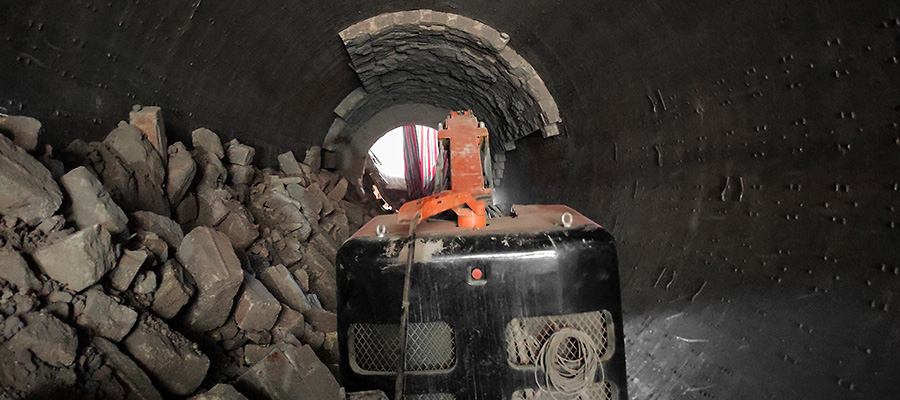
- Electrically powered and hydraulically driven - Enables reliable operation in high temperature and dusty conditions inside rotary kilns.
- High maneuverability - Compact size allows the robot to enter the kiln through standard door openings and access confined spaces.
- Wireless remote control - Allows operators to carry out demolition tasks safely from a distance.
- Adjustable impact force - Powerful hydraulic breaker can deliver controlled impacts to break hard clinker and bricks without damaging the kiln shell.
- Three robotic arms - Can break bricks in any direction with no blind spots, mimicking human arm motion.
- Fast demolition - Can quickly break and remove thick and hard encrustations of clinker and bricks.
- Durable construction - Withstands harsh conditions of high heat, dust and collapsed debris.
- Low maintenance - No refueling required; can operate for over 8 hours on one battery charge.
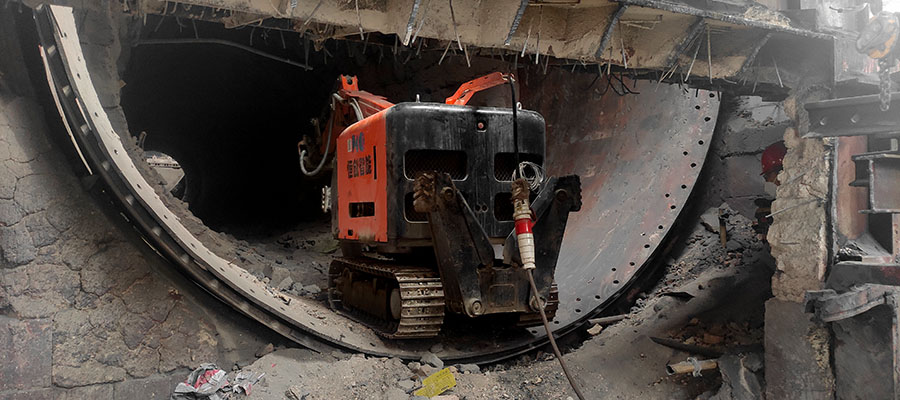
The hydraulic brick breaking robot has delivered impressive results in accelerating critical refractory work during maintenance shutdowns at cement plants. Specific examples from two installations highlight its speed and productivity:
The robot was deployed to reline the 4.2m diameter by 60m long kiln during a scheduled maintenance shutdown. It first removed the damaged kiln lining by breaking 20 meters of encrusted material in just 2.5 hours. The demolition of the old brick layers was completed swiftly, with 30 meters of refractory bricks dismantled in 3.5 hours. The entire re-bricking project was finished in 5 days, reducing the kiln downtime by 3 days compared to the usual timeline.
This plant used the hydraulic robot to carry out refractory work on a 4.8m diameter by 80m long rotary kiln. 25 meters of thick kiln coating was broken and cleared in 3 hours. 15 meters of worn-out refractory bricks were demolished in 1.6 hours. The quick brick removal and re-bricking enabled the company to cut downtime by 3 days and resume production ahead of schedule.
In both cases, the robotic brick breaking solution resulted in faster execution of critical maintenance tasks. By completing the re-bricking and relining jobs quickly, cement plants were able to minimize downtime losses and improve operational efficiency. The hydraulic robot has become an indispensable tool for refractory maintenance in kiln-based facilities, enabling improved productivity and significant cost savings.
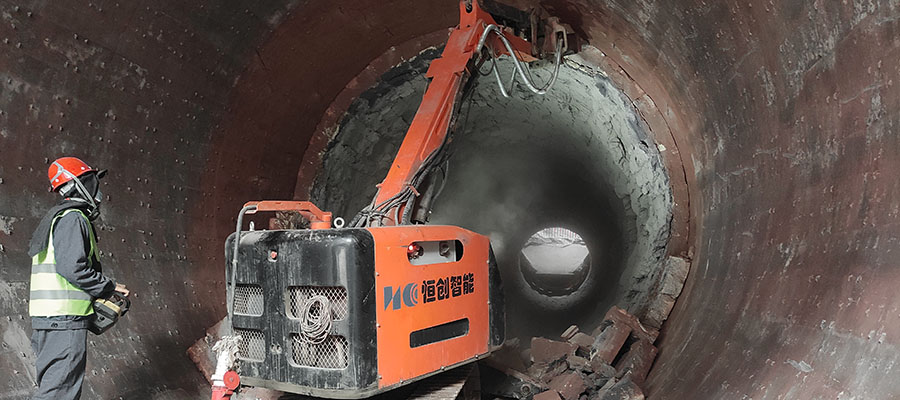
The robotic brick demolition system delivers major cost reduction and efficiency improvements for cement plants and other enterprises with rotary kilns:
- It reduces dependency on manual labor by 70%, saving significant expenses on workforce during kiln maintenance shutdowns.
- The automation and speed of the robot lowers outsourcing costs for re-bricking contractors by over $150,000 per kiln.
- Shortened downtime results in 1.5 to 2% increased annual production capacity in most plants.
- Faster execution of maintenance tasks increases overall equipment effectiveness (OEE) by 3-4%.
- Improved safety eliminates injuries and lost time incidents, reducing indirect costs.
- The robotic system typically achieves ROI within 8 months after commissioning.
Specific data from one cement plant highlights the economic advantage:
- Saved $180,000 in contractors fees
- Avoided $250,000 in production losses
- Increased annual cement output by 18,000 tonnes
- 4.2% improvement in OEE
- Payback period of 7 months on robot investment
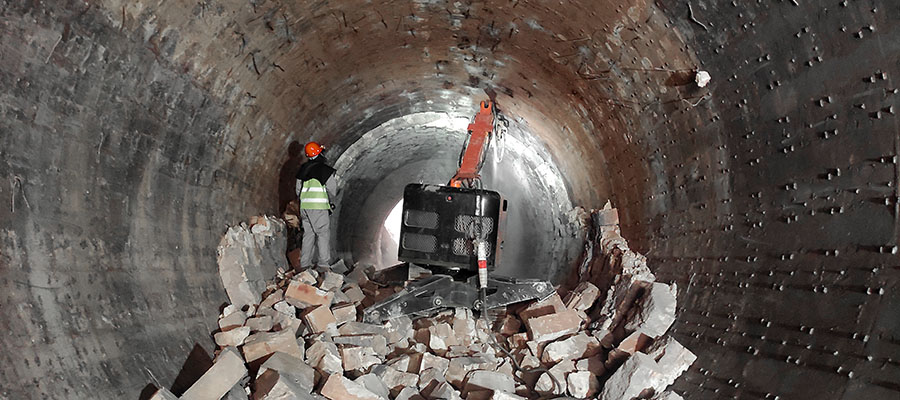
With proven benefits for cement plants, the robotic refractory demolition system is poised for wider adoption and additional innovations.
On the technology front, advanced sensors, cameras and AI-poweredcontrols will enhance the precision, automation and safety. With further range and maneuverability improvements, the robot will take on more complex tasks during shutdown maintenance.
By adopting stronger and lighter materials, the robotic arms can scale up further to handle mega-kilns over 7 meters diameter. With more power and torque, the brick breaking speed and efficiency will improve.
Beyond cement, the demolition robot holds promise for the steel and power generation sectors. Customized models can help automate brick lining repairs in blast furnaces and boilers during outages.
Modular designs are being developed to inspect, clean and maintain kiln interiors during short downtimes. Equipped with sensors, scoping tools and mini-vacuums, these robots will enable proactive maintenance without halting production.
With proliferation across heavy industries, the hydraulic brick breaking robot will transition from a novelty to an indispensable tool for plant maintenance. Continued innovation around its capabilities and applications will maximize asset uptime and efficiency for operators. By easing one of the toughest manual tasks, the robot will also uplift safety and productivity across production facilities.
